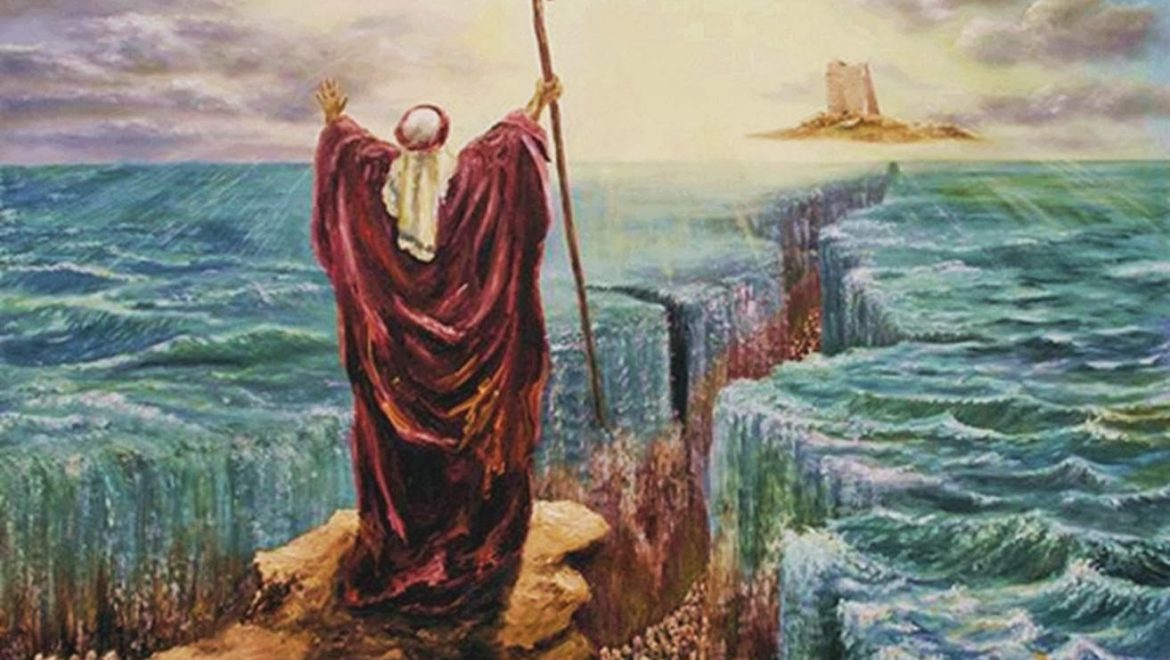
This excerpt from “Sabbath: Day of Eternity” by Rabbi Aryeh Kaplan describes the deep spiritual connection between the Exodus from Egypt and the two loaves of bread eaten during Shabbat meals. Using textual support from the Torah, Rabbi Kaplan demonstrates how eating the Shabbat bread is a way to reconnect to God as the direct provider of our physical and spiritual sustenance. This excerpt is helpful for those looking to infuse their Jewish practice with meaning. Rabbi Aryeh Kaplan (1934-1983) was an American Orthodox Rabbi, writer, Kabbalist (Jewish mystic), and physicist. He was the first to translate many Kabbalistic sources from Hebrew into English, making them accessible to the masses.
Sabbath of the Exodus
One of the important miracles of the Exodus was that of the Manna. For forty years, some three million people were literally fed by a miracle. This miracle, a lesson for the ages, dramatically demonstrates G-d’s involvement, in the day to day life of each one of us. In order that the Jews not forget that it was a miracle, the Manna was presented in a most unique way. It only appeared six days a week, but was absent on the Sabbath. The miracle of the Manna paralleled the miracle of Creation. When Moses told the Jews about the forthcoming Manna, he said (Ex. 16:26), “You shall gather it for six days, but on the seventh day, the Sabbath, there shall be none.”
This also answers another important question. How do we know which day was the Sabbath? Who counted it from the time of Creation? The answer is that G-d Himself revealed the exact day of the Sabbath in giving the Manna.
Thus, the Torah says (Ex. 16:29), “See, G-d has given you the Sabbath. Therefore, He gives you two days’ food every sixth day … let no man go out on the seventh day.”
From then on, for over three thousand years from the Exodus until our own day, the Sabbath has been faithfully kept. We recall the Exodus and the miracle of the Manna every time we celebrate the Shabbos. The two Challahs on the Shabbos table represent the double portion of Manna that fell each Friday. The Sabbath tablecloth represents the dew that covered the ground before the Manna fell. The Challah cover is the dew covering the Manna to protect it.
During the entire period of the Exodus, we lived with a unique intimacy with G-d. The Torah says (Deut. 8:3), “G-d fed you with Manna that neither you nor your fathers had known —to teach you that man does not survive by bread alone, but lives by every word that comes from the mouth of G-d.” On the Sabbath, we seek to revive and deeply feel this close relationship with G-d, and live by the Word.

